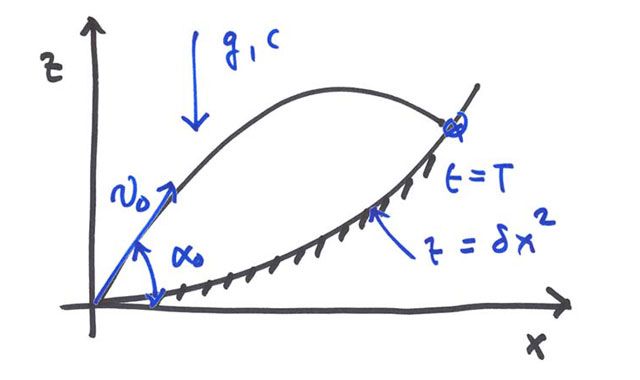Interdisciplinary Teaching in Engineering | Integrated Curricula with MATLAB and Simulink, Part 3
From the series: Integrated Curricula with MATLAB and Simulink
Overview
Learn to incorporate interdisciplinary teaching in engineering courses. First, we provide an overview of the main teaching and learning challenges. Then we provide examples of how to address those challenges with engaging and innovative teaching methodologies.
We describe various modeling approaches that address multi-domain system design. By using an inverted pendulum system as a case study, we start from the very basics of its mathematical formulation, then gradually setup a multi-domain model, and finally implement a controller to balance the pendulum in the inverted position.
Prof. Alessandro Colombo, from Politecnico di Milano, Italy, shares his experience in integrating project-based learning to address interdisciplinary teaching. In his course, students use Simulink® and Stateflow® to learn about controller design for a solar tracker implemented with LEGO Mindstorms. Prof. Colombo describes the main learning outcomes of his didactical approach.
Finally, we summarize the main benefits received from adopting these teaching techniques.
Presentation links
302: N. Bedjaoui, et al. “Integrating Engineering Workflow at Early Stages of Higher Education: The French Example”, Proceedings of the IEEE Global Engineering Education Conference Tallinn, Estonia, March 18-20, 2015.
Published: 22 Dec 2015




